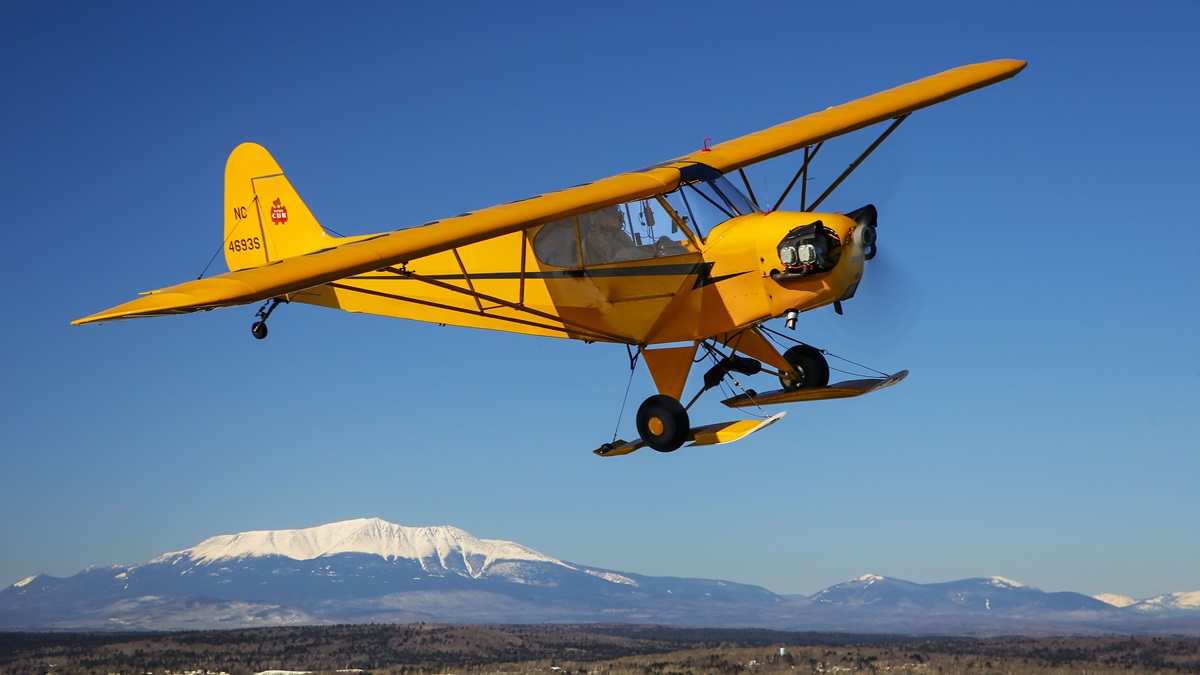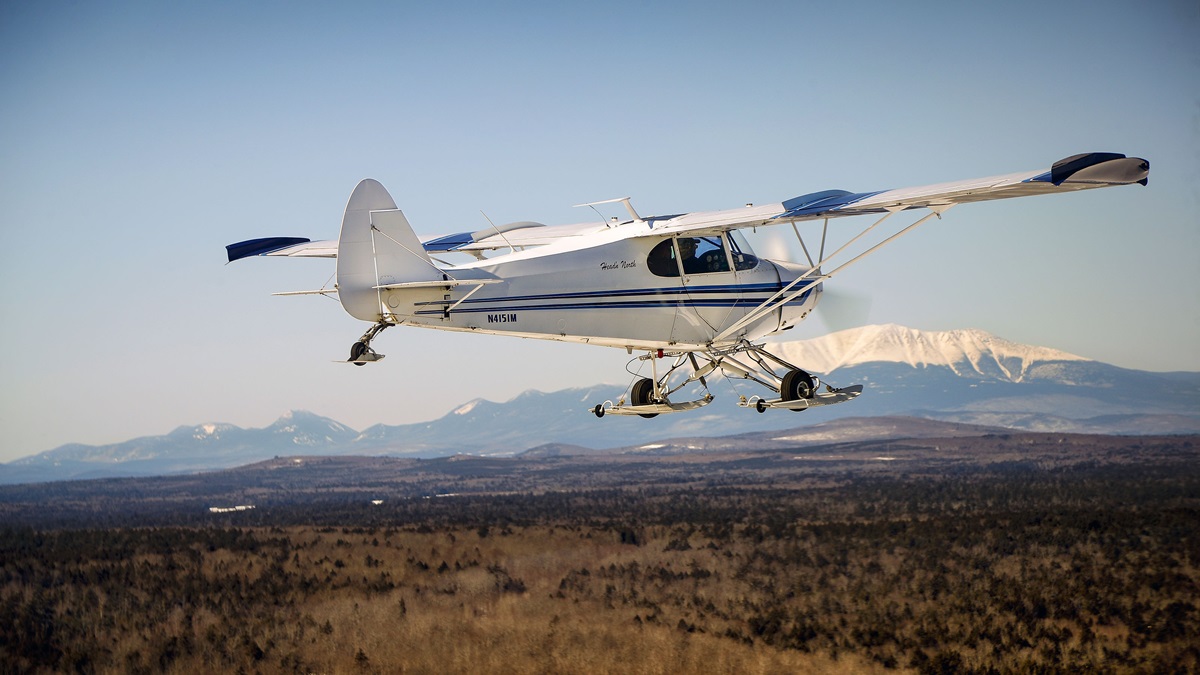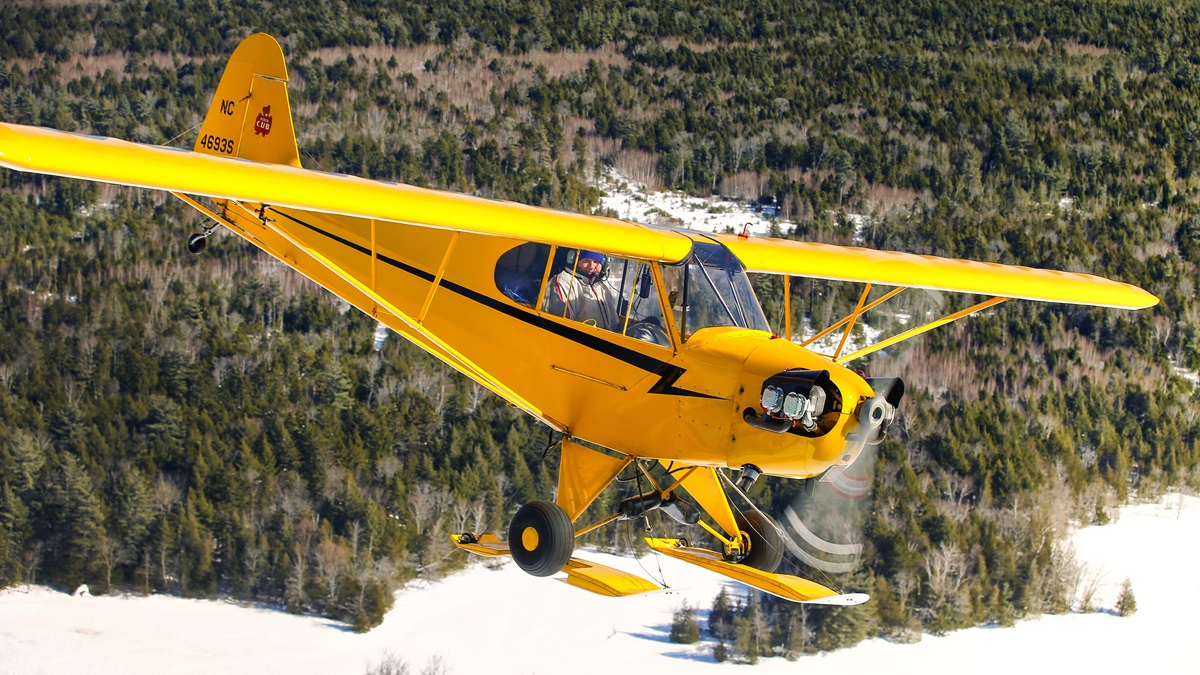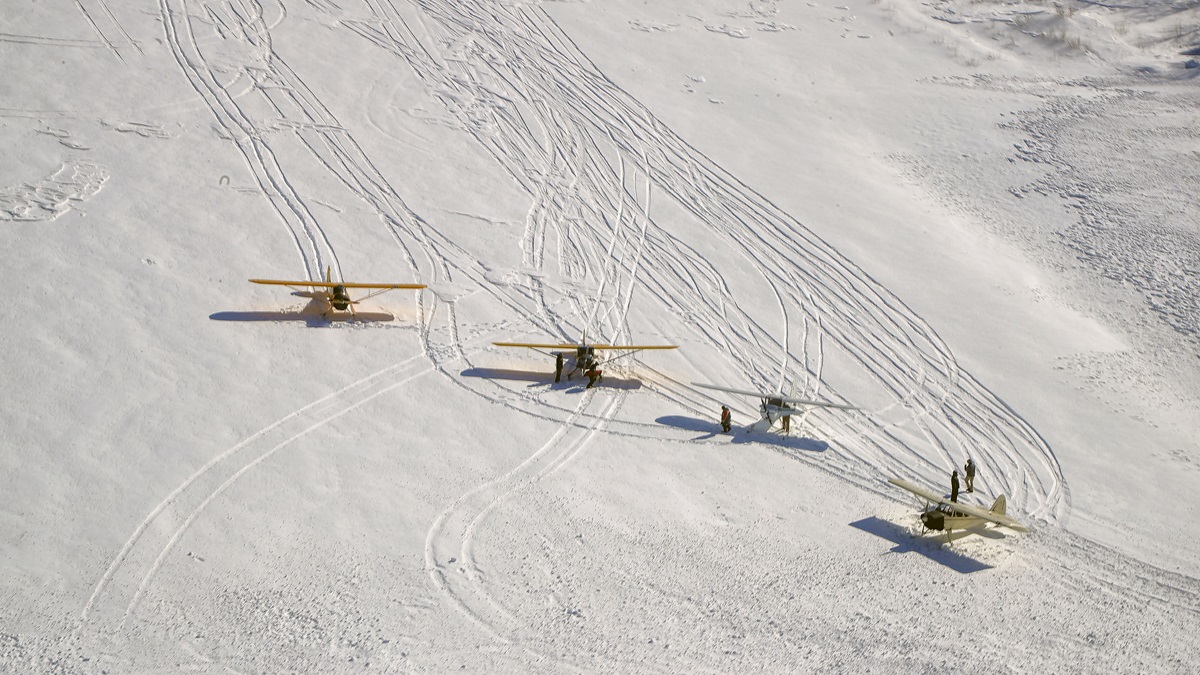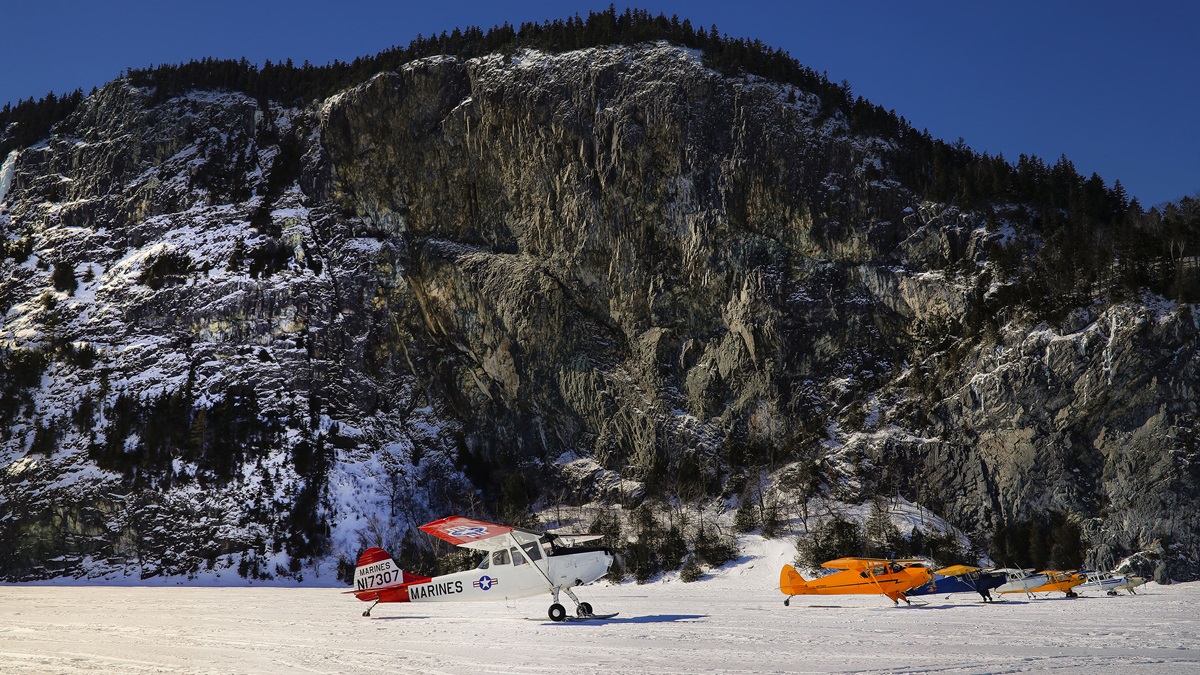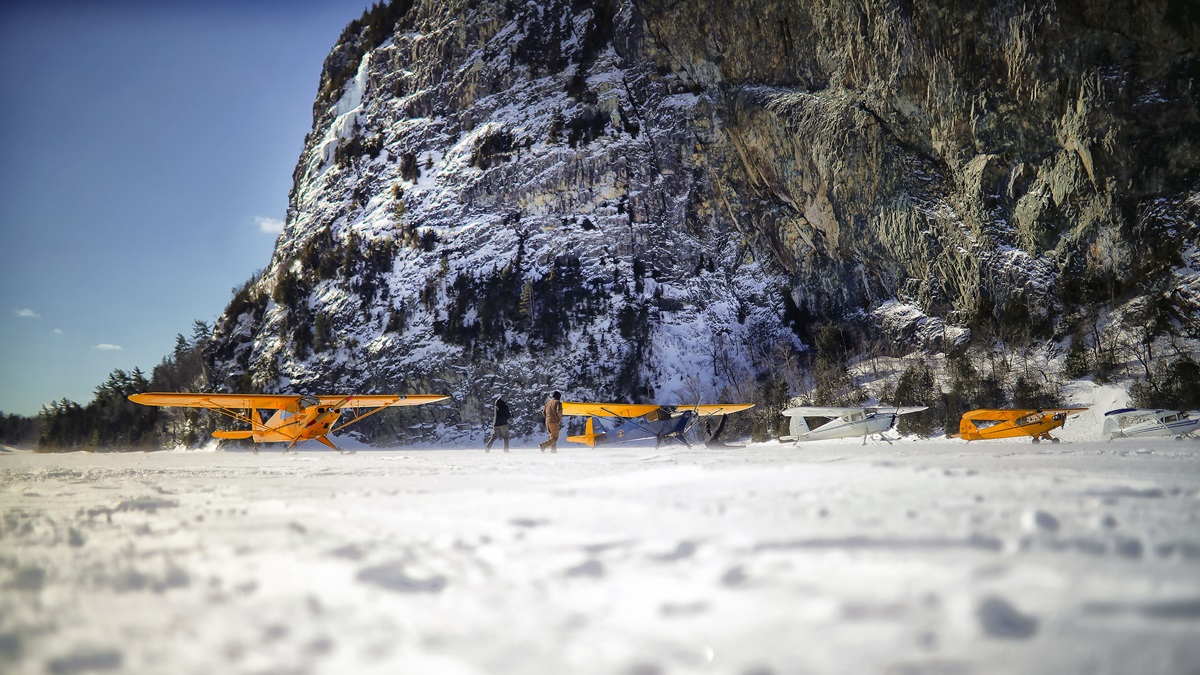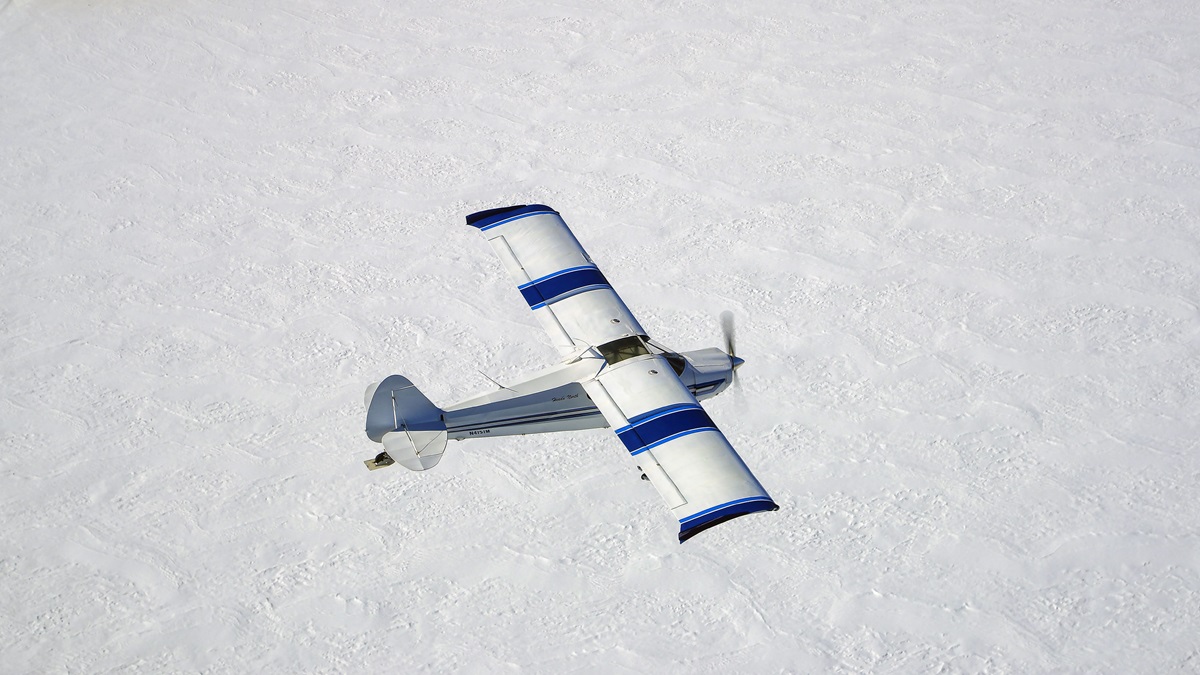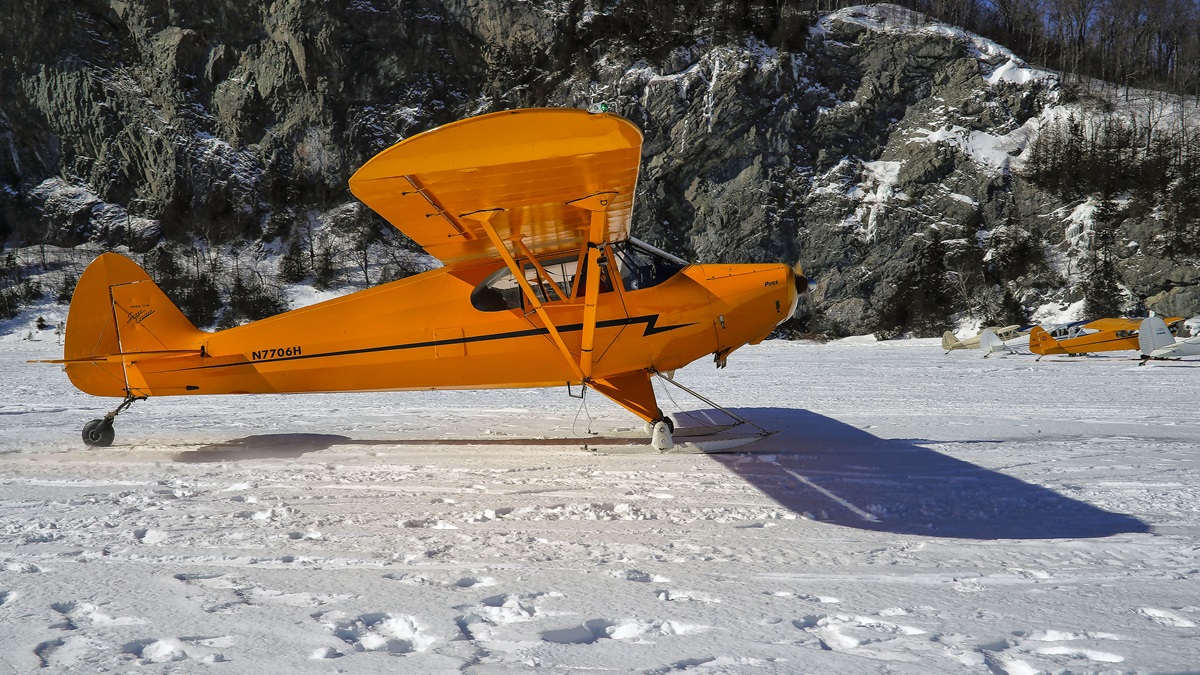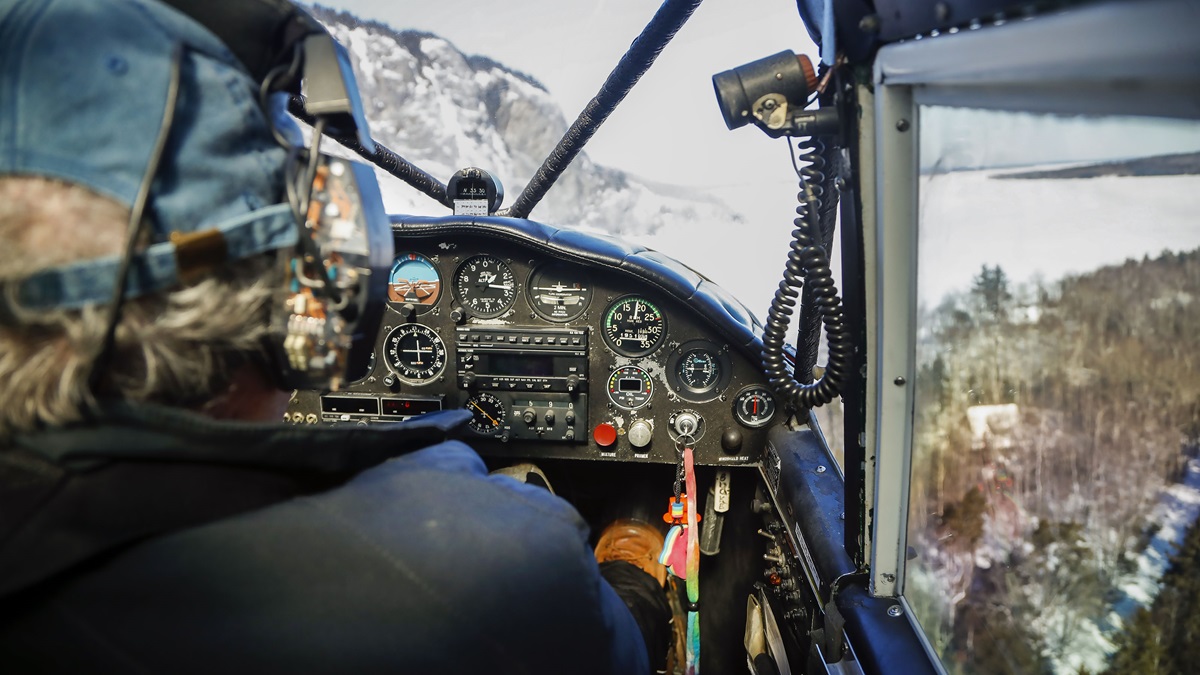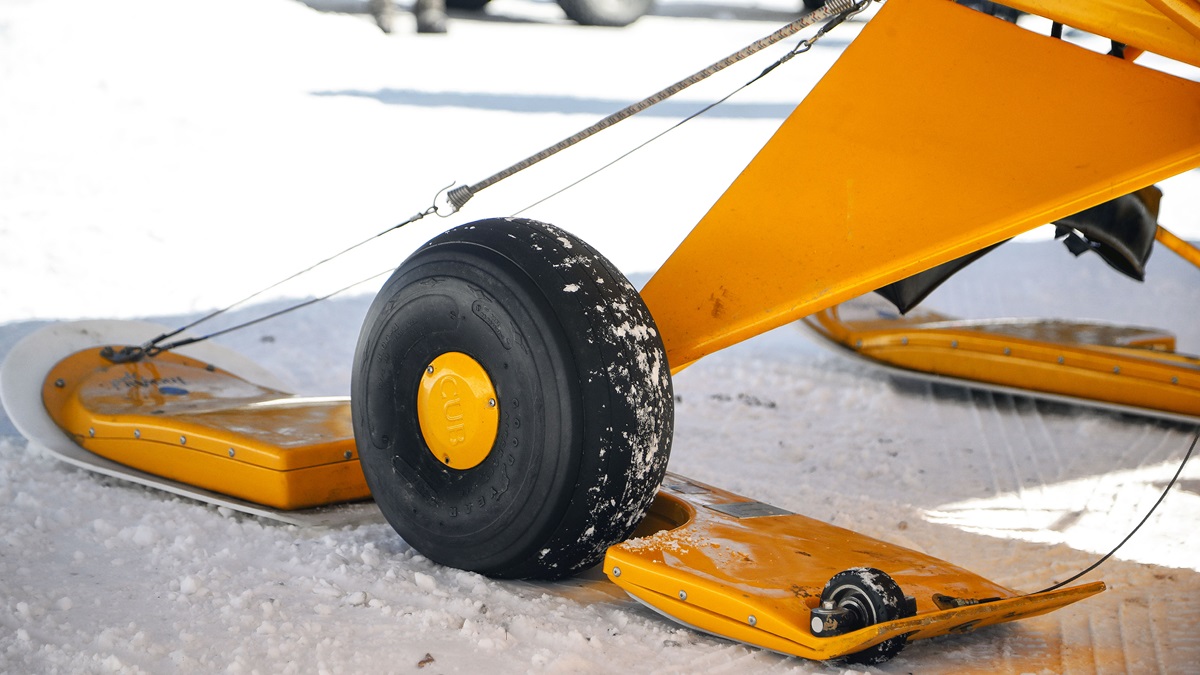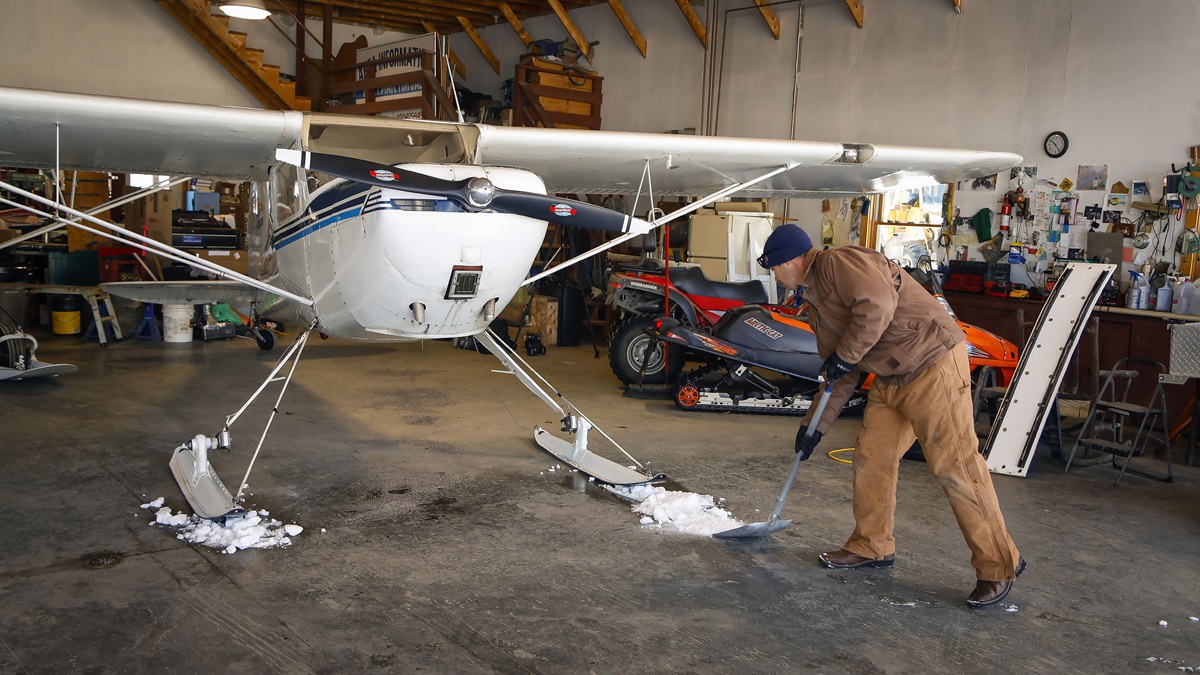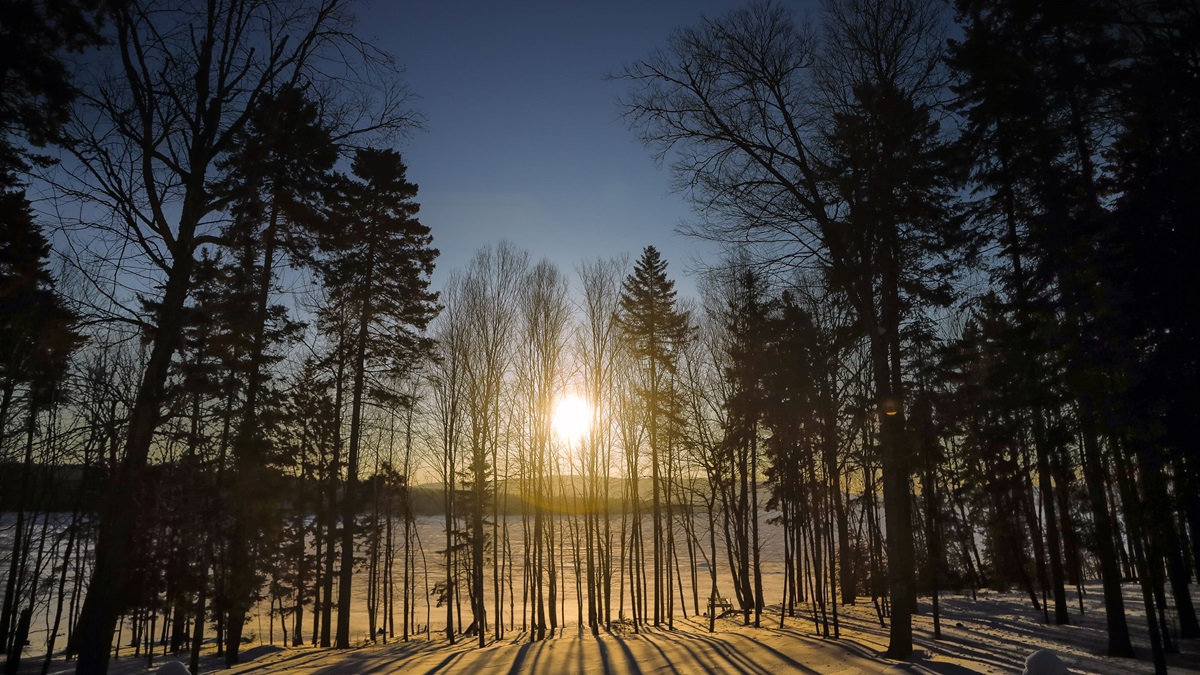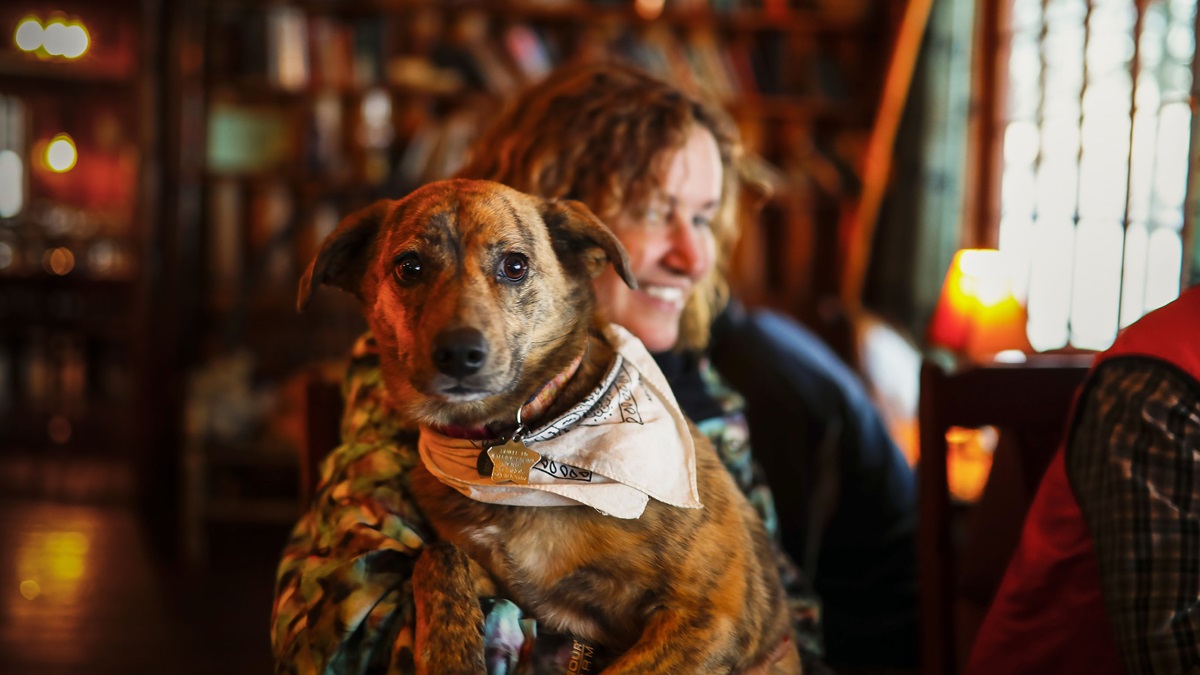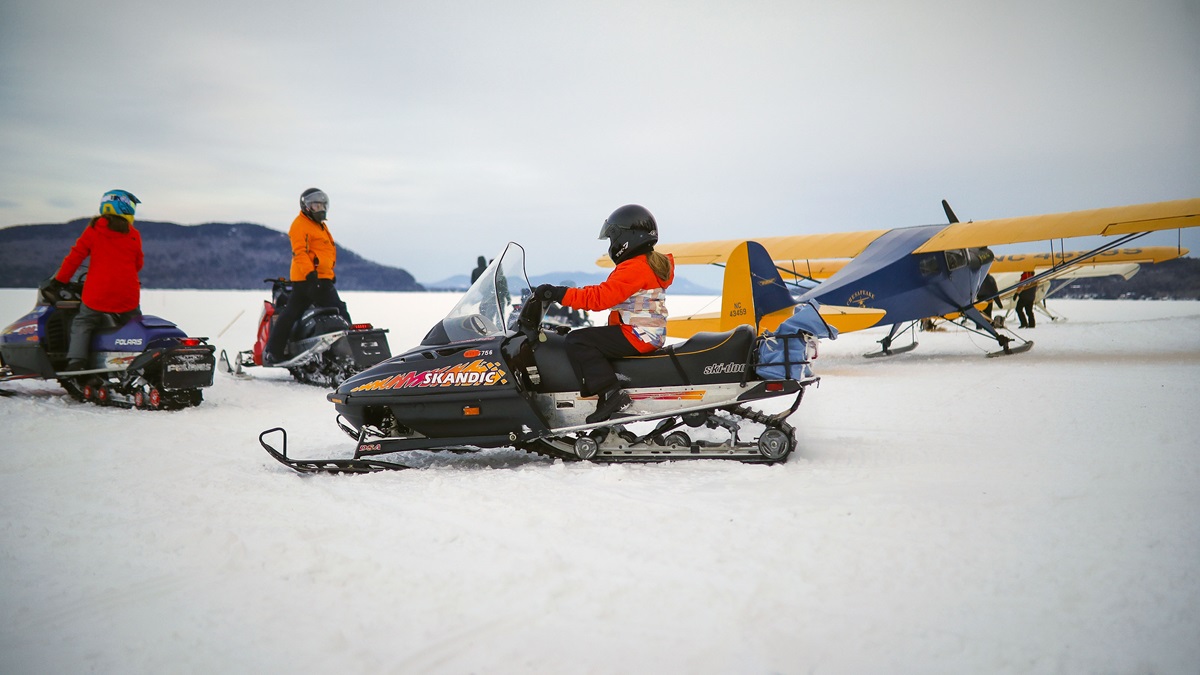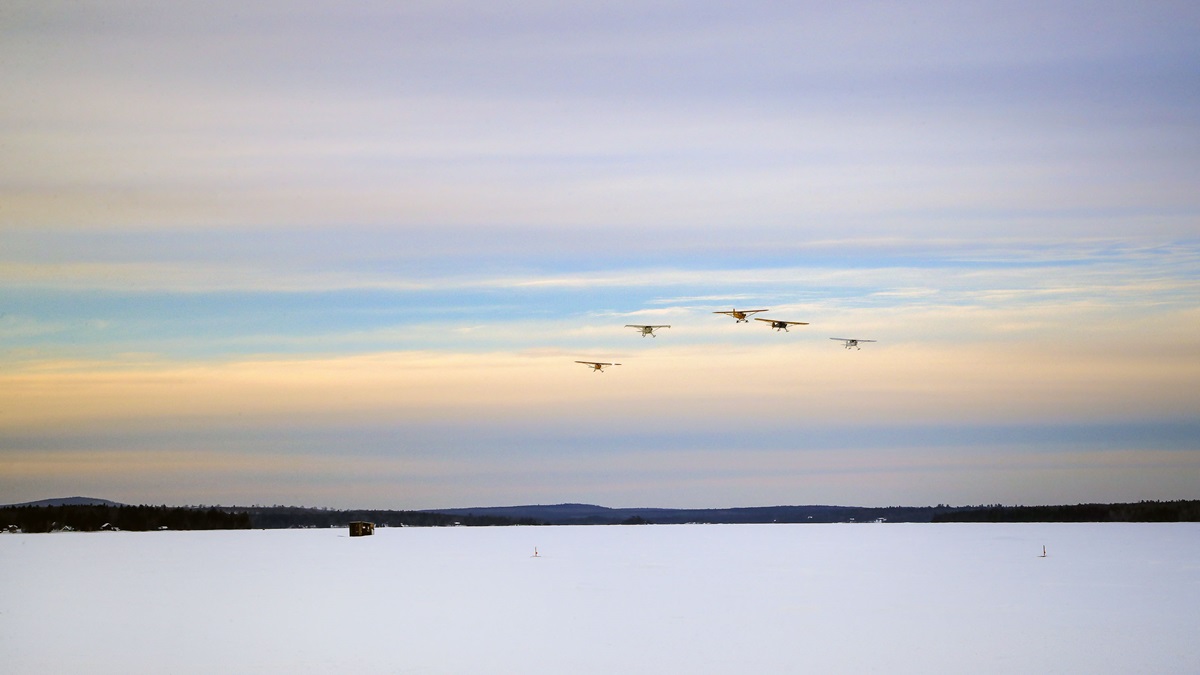Ski flying in Maine
Frozen ground and deep snow drifts made his tie-down stakes useless, so the owner of a Piper Pacer had to get creative to keep the airplane from blowing away.
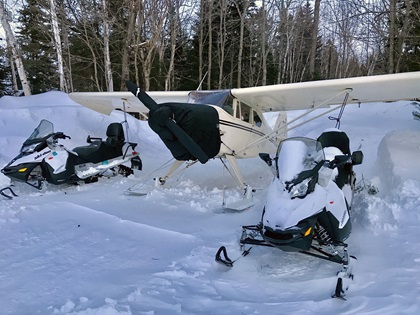
He pushed his beloved skiplane into a wind-protected cluster of trees at The Birches, a central Maine resort on Moosehead Lake, and then positioned a pair of snowmobiles under the wings. By lashing the fabric-covered airplane to the heavy snowmobiles, he kept it secure during three days of ferocious winds that toppled cell towers and other structures across New England.
When winds finally moderated and daytime temperatures climbed back above 0 degrees Fahrenheit, conditions were ideal for Maine pilots to do a hearty form of aviation they look forward to all year: ski flying.
Flying ski airplanes doesn’t require an FAA checkride or CFI endorsement—but there’s a lot to learn.
“It’s similar to floatplane flying in that you have to be able to read the surface conditions and the wind—and you have to think ahead,” said Willard, who has decades of ski flying experience. “Ideally, you’ll find an area with relatively smooth, hard-packed snow where you can land into the wind. Once you get on the ground, you don’t have any brakes, so taxiing isn’t the same as it is on wheels.”
There’s no way to know the thickness of the ice on a body of water by looking at it from the air—but pilots do have clues. They find comfort in recent snowmobile tracks and ice fishing shacks as telltale signs that the surface may be solid enough for an airplane.
A swift current prevents water from freezing at the same temperature as a still lake or pond, and some rivers stay liquid all winter—even when the surrounding lakes are topped with thick sheets of solid ice.
In general, the ice must be at least four inches thick to safely operate light, single-engine skiplanes.
“Four inches of solid, black ice is enough,” Willard said. “You want at least that much.”
This year, because of multiple polar vortices sending low-pressure systems down from the arctic, the ice on Moosehead Lake in late February was more than 30 inches thick. That’s enough for heavy equipment including trucks—and Willard took advantage by using a groomer to smooth an area in front of his lodge into an ice runway. (He normally uses the groomer to make cross-country skiing or snowmobile trails.)
“It’s hard and smooth enough to land a wheel airplane,” he said of the 1,500-foot surface.
As with seaplanes, sunlight—or the absence of it—dramatically affects ski flying.
A sunny day shows surface conditions in sharp relief, and it’s easy for pilots to see how far they are above the surface. But a gray sky can make it impossible for a pilot to distinguish the horizon, or to judge an airplane’s height above the surface.
During “flat light,” ski pilots are taught to land by setting up for a long final approach, holding a constant pitch attitude, and adjusting engine power for a slow, steady descent all the way to touchdown.
“The procedure is much the same as a glassy water landing in a floatplane,” Willard said.
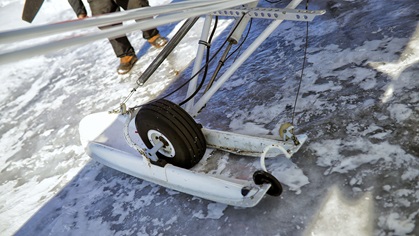
Another seaplane similarity is the variety of equipment. Some seaplanes are amphibious and provide the flexibility to land on water or land. Some skiplanes have retractable wheels that allow them to land on land or snow.
Moosehead Lake is best known among aviation enthusiasts for the annual International Seaplane Fly-In held here in summer, which draws thousands of pilots and spectators to the seaplane-friendly town. (This year the event is scheduled for Sept. 5 through 8.) But Maine pilots keep at it all year. They “winterize” their airplanes with heavy engine oil, cabin heaters, and duct tape to cover air vents and door seals.
The biggest difference between winter and the rest of the year is the amount of effort, time, and special equipment that goes into each flight.
If an airplane has been left outside, it’s likely to require preheating the engine with a forced-air heater or a camp stove. Pilots typically cover their engines (and sometimes propellers) with quilted blankets and cowl plugs to retain heat.
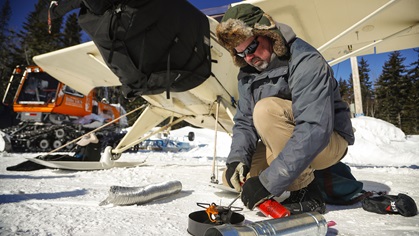
Plug-in engine heaters for oil sumps or entire engine blocks are standard equipment for piston airplanes.
If flying over remote areas—and most of this region is rugged and remote—satellite messengers and survival equipment are standard equipment on every flight. And pilots flying recreationally often go places together or at least update each other via radio during flight.
“You’ve really got to want it to fly in this area during winter,” Willard said. “Nothing about flying this time of year is easy or quick.
“But the rewards, to me, are definitely worth it. Landing in a frozen bog and going cross-country skiing; seeing moose, deer, and other wildlife from the air; exploring millions of acres of wilderness—there’s really nothing quite like it.”

